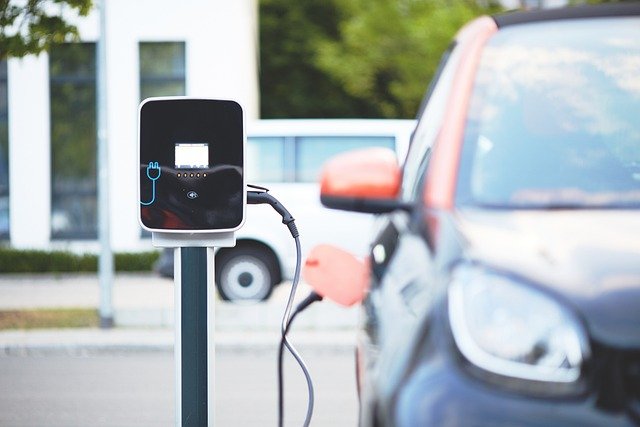Charge Point: Home EV Charger and Installation Guide
A charging point is the link between an electric vehicle and the electricity supply, and understanding its role helps drivers plan charging at home and on the road. This article explains how a home charger works, what to consider when choosing equipment for your EV, the typical installation process, and how to find local services for setup and maintenance. The goal is to provide clear, practical information so you can evaluate options and understand what to expect when adding a charging point to your property.

What is a charging point?
A charging point is hardware that delivers electricity to an electric vehicle’s battery and can range from a simple socket to a smart wall-mounted unit. Public charging points often provide higher power levels and networked features such as billing and availability updates, while residential charging points (home chargers) prioritize convenience and safety. When considering a charging point, look at connector types, power output (kW), and whether you need smart features like scheduling, load balancing, or app control.
How does a home charger work?
A home charger, commonly called an EV home charger or wallbox, connects to your home’s electrical supply and manages the flow of electricity into the car. Most home chargers offer faster charging than a standard household outlet and include safety features such as ground-fault protection and temperature monitoring. Smart home chargers can be scheduled to charge during off-peak hours to reduce energy costs and may integrate with home energy systems or solar panels. Properly matched power levels shorten charge times and improve efficiency.
Choosing an EV charger for your electric vehicle
Selecting an EV charger for an electric vehicle involves matching charger output to your vehicle’s onboard charger capacity and your daily driving needs. Consider whether you want alternating current (AC) charging for overnight top-ups or faster direct current (DC) charging where available. Pay attention to connector compatibility (Type 2, CCS, CHAdeMO, Tesla adapter options) and features like adjustable power settings, user authentication, and app-based monitoring. Balance cost, convenience, and potential future needs, such as adding another EV at home.
What to expect during installation
Installation of a charging point typically begins with an assessment of your electrical panel, cable route, and recommended charger location. A qualified electrician will check supply capacity, may upgrade the consumer unit if necessary, and install a dedicated circuit with appropriate protection devices. Installation time varies but often takes a few hours to a day, depending on complexity. Ensure installers follow local electrical codes and provide documentation for any warranty or grid-connection requirements. If you have solar or battery storage, discuss integration options during the planning stage.
Local services and maintenance for charging points
Finding reliable local services is useful for installation and ongoing maintenance of a charging point. Local electricians and certified EV charging installers can handle installation, safety checks, and periodic servicing. Maintenance may include firmware updates for smart chargers, inspection of cables and seals, and testing protection devices. Some providers offer remote diagnostics or maintenance plans, while others provide one-time services. Check that any installer you choose is certified to work with EV equipment and familiar with local utility requirements.
For practical comparison, here are several providers and the services they commonly offer:
| Provider Name | Services Offered | Key Features/Benefits |
|---|---|---|
| ChargePoint | Public charging network and residential charging solutions | Networked stations, mobile app for station status and payments |
| Tesla | Home Wall Connector and destination/public charging | High-power Wall Connector optimized for Tesla vehicles; integrated user interface |
| EVBox | Residential and commercial chargers, network management | Modular solutions, scalable for home to fleet operations |
| Schneider Electric | Residential EV charging equipment, electrical distribution | Integration with home electrical systems and energy management |
| Pod Point | Home and public charging (primarily UK) | Simple home chargers, managed public network and installation services |
Conclusion
A charging point is a practical investment for EV owners that improves daily convenience and can integrate with home energy systems. Choosing the right home charger depends on vehicle compatibility, charging speed needs, available electrical capacity, and whether you want smart features. Installation should be carried out by qualified professionals who adhere to local regulations and safety standards. With routine maintenance and the right local services, a home charging solution can reliably support daily electric vehicle use.





